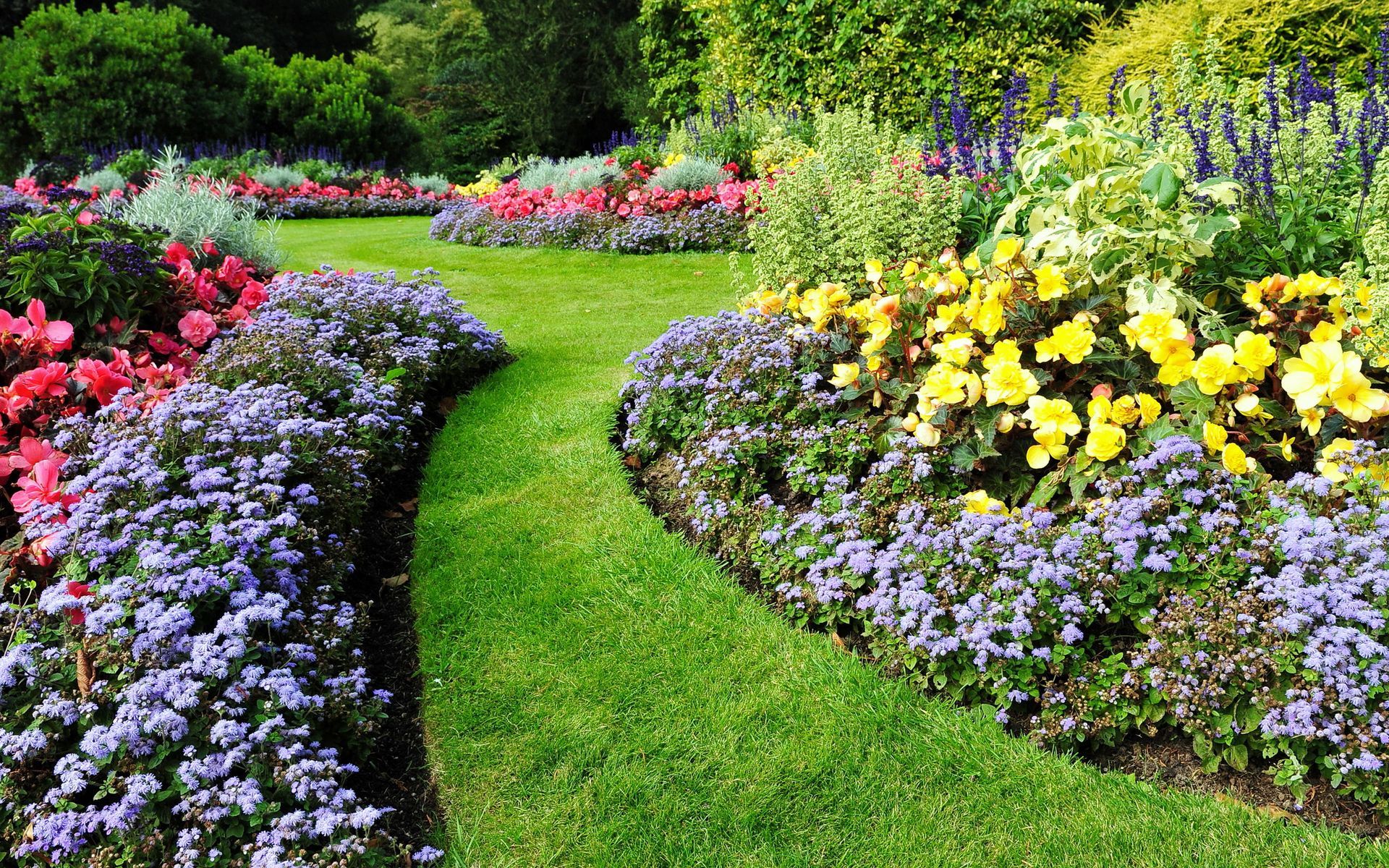October 14, 2025
First impressions matter—especially when it comes to your home. Whether you’re preparing to sell or simply want to enhance your property’s aesthetic, curb appeal is one of the most valuable investments you can make. Beyond fresh paint or new shutters, what truly transforms a home’s exterior is a thoughtful, cohesive outdoor design. Landscaping architecture goes far beyond basic gardening or lawn care. It blends art, science, and functionality to shape outdoor environments that are not only visually appealing but also sustainable and practical.
From the moment visitors approach your property, every element—trees, walkways, lighting, and textures—works together to tell a story. Strategic design captures attention, directs movement, and enhances the emotional experience of your space. More importantly, this kind of planning adds measurable value. According to The Plan Collection, outdoor living areas can raise overall property value by as much as 8% to 12%, illustrating how impactful these enhancements can be.
In the following sections, we’ll explore how landscaping architecture elevates curb appeal through balanced design, functionality, environmental integration, and lasting return on investment.
Designing a Harmonious First Impression
Creating an unforgettable first impression begins with harmony—the seamless blend of natural elements, structure, and proportion. Landscaping architecture uses principles of balance, symmetry, and focal points to establish cohesion across your property. When the front yard, pathways, and façade complement one another, the result feels deliberate and inviting rather than pieced together.
A harmonious design might feature symmetrical plantings that frame the entrance, drawing the eye toward your front door. Alternatively, asymmetry can create visual interest when balanced with repeating elements like shrubs, pavers, or ornamental trees. The key is proportion—ensuring that every component suits the scale of your home and landscape. Tall evergreens flanking a one-story bungalow may feel overwhelming, while delicate groundcovers could get lost against a multi-level façade.
Color also plays a major role. Coordinating foliage and floral hues with your home’s palette creates continuity. For instance, cool-toned exteriors pair beautifully with silver-green foliage and lavender blooms, while warm brick façades come alive with golden grasses or deep burgundy leaves.
Lighting, too, should be part of the plan. Subtle pathway lights and accent fixtures can highlight architectural details and textures after sunset, ensuring your property maintains its charm both day and night. Ultimately, thoughtful composition is what transforms a front yard into a curated extension of your home’s personality.
Merging Functionality With Aesthetic Value
Beautiful design means little without usability. The best landscaping architecture merges aesthetics with purpose, crafting spaces that not only look impressive but also serve your everyday needs. Whether you envision tranquil gardens, structured patios, or multifunctional outdoor areas, form must always follow function.
A well-planned front yard does more than please the eye—it improves navigation, safety, and comfort. Walkways should guide visitors intuitively from the street to your entryway, avoiding awkward detours or steep grades. Driveways and pathways built from durable, attractive materials such as stone or stamped concrete enhance visual appeal while ensuring long-term performance.
Seating areas or porches can serve as transitional zones between interior and exterior, inviting relaxation and neighborly connection. Low-maintenance plantings positioned near entrances or windows keep upkeep manageable while maintaining aesthetic impact. Even something as simple as adding planters to frame a porch can create a welcoming gesture that signals care and pride.
For homes with larger lots, functionality might include defined zones—one for entertaining, one for play, and another for quiet reflection. These sections, when unified by consistent materials or repeating plant varieties, create a cohesive design language.
Integrating Nature and Sustainability
Modern homeowners are increasingly drawn to designs that honor nature. In this context, landscaping architecture shines—balancing ecological responsibility with visual appeal. Integrating sustainable practices not only benefits the environment but also reduces long-term maintenance costs while elevating your property’s sense of authenticity.
Native plantings are central to sustainable design. Because they are adapted to local climates, they require less watering, fewer chemicals, and minimal upkeep. Beyond practicality, native flora also supports biodiversity—attracting pollinators, birds, and beneficial insects that keep your landscape thriving naturally.
Water conservation is another hallmark of sustainable planning. Features such as rain gardens, permeable pavers, and strategic grading help manage stormwater runoff, preventing erosion and pooling. Xeriscaping—designing with drought-tolerant plants—offers both beauty and resilience in regions with limited rainfall.
Sustainability also extends to material choices. Reclaimed stone, locally sourced mulch, or recycled decking materials add character while reducing environmental impact. Energy-efficient lighting powered by solar panels further underscores an eco-conscious approach.
This commitment to sustainability not only preserves natural resources but also strengthens emotional connection. Living amid thoughtful, environmentally sensitive spaces fosters a sense of stewardship—one that resonates with potential buyers as well.
Increasing Property Value and Market Appeal
Curb appeal isn’t just about pride—it’s an economic advantage. Studies consistently show that homes with well-designed outdoor environments command higher selling prices and spend less time on the market.
This added value stems from emotional resonance as much as practicality. Buyers are drawn to homes that feel move-in ready, where every inch of the property exudes care and intentionality. Thoughtful landscaping architecture signals quality—communicating that the same attention evident outside likely extends to the home’s interior. It also evokes a sense of pride and belonging, helping potential buyers envision themselves living comfortably within the space. Manicured lawns, well-defined pathways, and cohesive plant selections subtly communicate that the property has been thoughtfully maintained over time. In turn, this assurance of care fosters confidence, making your home stand out in a competitive market. Whether through lush gardens, elegant lighting, or inviting outdoor seating, the beauty of the exterior sets powerful expectations for the warmth and functionality found inside.
Beyond resale, the financial benefits include reduced maintenance costs and increased energy efficiency. Shade trees, for example, can lower cooling expenses, while well-placed windbreaks minimize heating demands. Attractive yet low-maintenance plantings cut down on labor and irrigation costs. Together, these elements contribute to a property that’s as cost-effective as it is captivating. Even for homeowners not planning to sell, boosting curb appeal offers daily rewards—a sense of pride when pulling into the driveway, and a welcoming atmosphere that greets every guest.
Crafting Lasting Impressions Through Thoughtful Design
Your home’s exterior is a reflection of its character—and yours. A cohesive, well-planned outdoor environment elevates not only visual charm but also livability, sustainability, and financial worth. Through the principles of landscaping architecture, homeowners can transform ordinary yards into inviting sanctuaries that capture attention, inspire admiration, and provide long-term satisfaction.
By designing with balance, integrating functionality, embracing eco-friendly practices, and recognizing the tangible value of outdoor spaces, you create more than curb appeal—you create legacy. Whether your goal is to welcome guests with warmth, increase resale potential, or simply craft an environment that brings you daily joy, investing in professional design ensures every element works in harmony. Incorporating inviting outdoor living spaces—such as patios, decks, and entertainment zones—can boost your property’s value significantly.
In the end, the beauty of curb appeal isn’t fleeting. It’s rooted in intentional choices that stand the test of time—choices that begin the moment you decide to see your property not just as land, but as a living, evolving expression of home. Enhance your curb appeal with expert landscaping solutions from Green Earth Gardens in Hamilton, VA. Call today to schedule a consultation!


